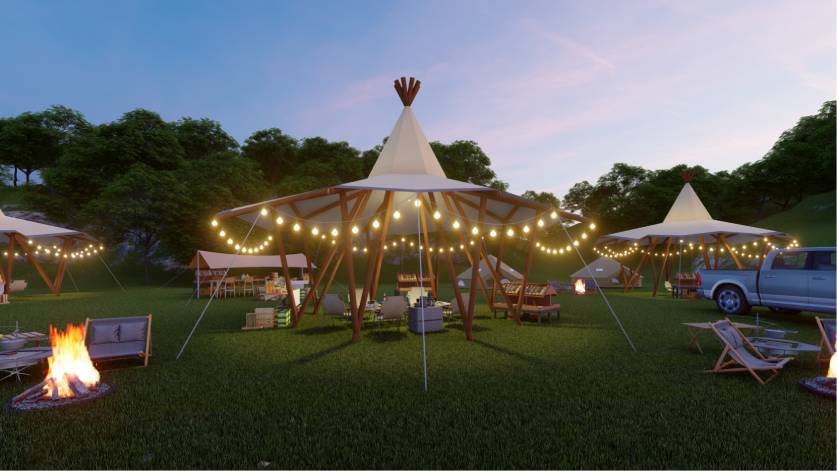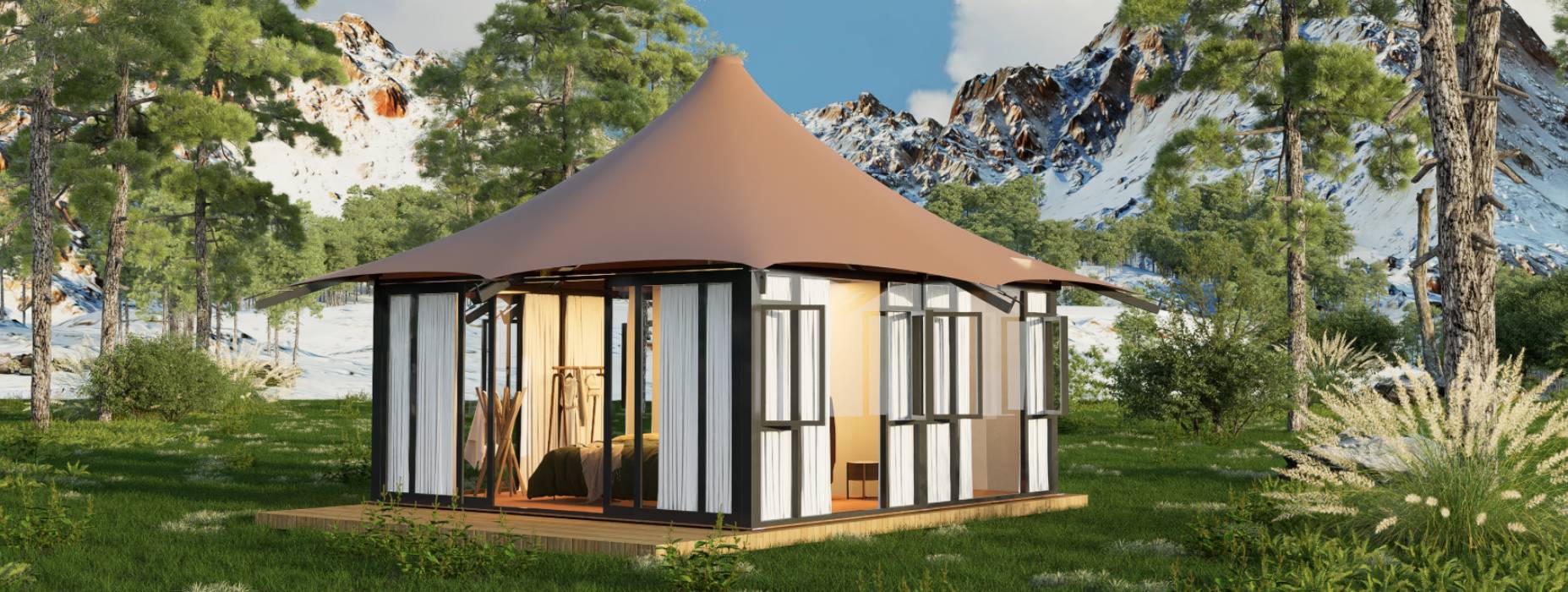Safari tents have a rich and fascinating history that spans from humble beginnings in the outback to becoming a global phenomenon. These unique shelters have not only provided a practical solution for outdoor living but have also become a symbol of adventure and exploration.
The origins of safari tents can be traced back to the colonial era in Africa. European explorers and hunters, venturing into the vast African wilderness, needed a reliable and portable shelter. Thus, the safari tent was born. These early tents were typically made of canvas, a durable and lightweight material that could withstand the harsh African climate. They were designed to be easily assembled and disassembled, allowing travelers to move camp quickly as they followed game trails or explored new territories.
In the outback of Africa, safari tents became essential outposts for hunters, adventurers, and colonial administrators. They provided a safe haven from the elements, protecting occupants from the scorching sun, torrential rains, and nocturnal wildlife. Inside the tents, simple furnishings and amenities were arranged to offer a basic level of comfort. A cot or a camp bed provided a place to sleep, and a small table and chairs allowed for dining and relaxation.
As word of these practical and versatile tents spread, they began to gain popularity beyond Africa. Explorers and adventurers in other parts of the world, such as Asia and the Americas, started adopting safari tents for their expeditions. The tents' ability to be easily transported and set up in various environments made them ideal for those seeking to experience the great outdoors while maintaining a certain level of comfort.

Over time, safari tents evolved to meet the changing needs and preferences of outdoor enthusiasts. The materials used in their construction became more diverse, with advancements in technology leading to the development of lightweight and waterproof fabrics. These new materials not only improved the durability of the tents but also made them more comfortable to use in different weather conditions.
In addition to changes in materials, the design of safari tents also underwent significant transformations. Modern safari tents often feature larger living areas, multiple rooms, and enhanced ventilation systems. Some tents even come equipped with amenities such as en-suite bathrooms, air conditioning, and electricity, providing a luxurious camping experience that rivals traditional accommodation.
Today, safari tents can be found in various settings around the world, from luxury resorts in exotic destinations to glamping sites in national parks and nature reserves. They have become a popular choice for travelers seeking a unique and immersive outdoor experience, allowing them to connect with nature while enjoying the comforts of home.
In the luxury travel market, safari tents offer a high-end alternative to traditional hotels and resorts. These tents are often located in remote and beautiful locations, providing guests with breathtaking views and a sense of exclusivity. They are designed and decorated to reflect the local culture and surroundings, creating a truly immersive experience for visitors.
On the other hand, glamping sites, which combine glamorous camping with luxurious amenities, have also contributed to the popularity of safari tents. These sites offer a range of accommodation options, including safari tents, yurts, and treehouses, catering to different types of travelers. Glamping has become a trend in recent years, attracting families, couples, and solo adventurers who want to experience the outdoors without sacrificing comfort.
The history of safari tents is a testament to the human desire for adventure and exploration. From their humble beginnings as simple shelters in the outback to becoming a global phenomenon, these tents have played an important role in shaping the way we experience the great outdoors. Whether used for hunting, exploration, or simply enjoying a vacation in nature, safari tents continue to provide a unique and memorable way to connect with the world around us.
